With a low-impact approach, STORY Mfg. returns with their signature nature-led aesthetic. We spoke to STORY's co-founder Saeed about the future of sustainable fashion, their new SS20 collection and how the brand came to fruition...
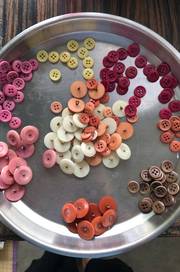
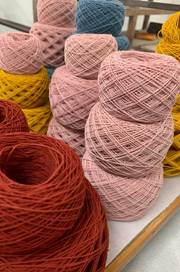
Where did the name Story MFG come from?
When we started the brand we were trying to think a name; we wanted to have a brand where the production process was transparent. We wanted to call it ‘Story’, but we were also interested in WW2 garments. A lot of old British uniforms would have labels inside with ‘mfg’- obviously it meant manufacturing - so it was an on-the-nose way of talking about the brand. It made sense to us. It also had the big O in the middle, which is pleasing to look at.
When did you start designing?
My wife is a trained designer, she was working for WGSN when we met. We started designing the collection together while I was working for Primark’s web team. She does more of the technical design work, then we both do what I think people call classic design, working out what it’s gonna look like.
"WHAT WOULD HAPPEN IF YOU DID COLLABORATE WITH NATURE?"

The brand has quite an elusive online presence…
It’s not on purpose. 90% of our stuff is made in the Indian forest. In the past, we have said exactly where it was, but as the brand got bigger, people just started turning up. The dudes there were starting to complain, so we just took the name off. They’re not set up to deal with customer queries or other brands who also want to do what we do. The natural dying process is a niche that people are really interested in, we get messages every week from people asking to come and visit.
Your tagline reads ‘made with nature’, can you expand on that?…
The most simple way I think about it is, there’s almost a historic adversarial relationship with nature and by extension the planet. We take from it and just give back trash. It’s sort of like working against nature; constantly cutting down trees and pulling out weeds. But, what if a brand worked with nature instead of against it? The word collaboration is overused, but what would happen if you did collaborate with nature? The closest thing to that model is winemakers - they plant trees and have a method for what they want to achieve, but the result is completely down to nature. We embrace that when it comes to wine or coffee, but not so much fashion. We have instances where we design a collection and it comes out completely different to how we wanted.
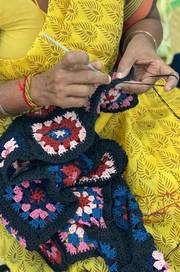
Is there anything you would change about your process?
There’s a red dye that we use a lot, and depending on the PH level of the dye vat, it can be anything from light orange peach to a deep red. It’s the classic dye they used on the Beefeaters uniform. So we can control the PH and all of that stuff, but sometimes we just get a strange batch, so a red jacket may come out purple. A lot of stuff can go weird.
"SOMEONE DESCRIBED IT AS 'STONE ISLAND DESIGNED BY ELVES’"
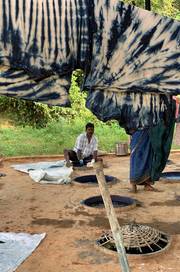
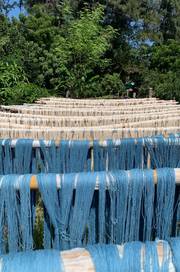
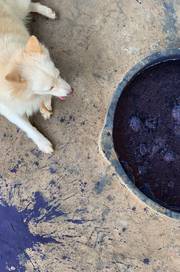
How would you describe your aesthetic?
I would say that we have an outdoors vibe; reimagined outdoor and workwear pieces. Someone described it as “Stone Island designed by elves’. I like the idea that we are hippie-looking, but more designed.
Can you talk about your appreciation for the ruin value process?
It’s the architectural concept of designing something to look good or to have some kind of different metaphoric state once it’s destroyed. In terms of sustainability, if you design something that cant be recycled, that’s fucked, and if you design something that will be around forever, that’s fucked too. But then there’s a parallel that’s been going around forever about the beauty of worn in stuff, and things becoming more valuable over time as they pick up character. From the beginning, we’ve always looked at what we made and thought ‘that’s gonna look so fucking good when it’s destroyed’. We’re always mindful of what something’s gonna look like when it’s messed up.
What does the future hold for sustainable fashion?
It’s probably in the hands of younger people. They are the future workforce who will make the changes in big companies. We are a brand that’s focused on sustainability, but we can only really do so much. I think that sustainability is my generation’s or the generation below’s version of punk. It’s not aesthetically the same, but its a reaction to the previous generation’s attitudes. They’ve been doing what they want and now we’re pissed off about it. I think that’s gonna continue reverberating through the industry.

Why do you think people still support fast fashion?
That’s a hard question. Not everyone cares and some people aren’t privileged enough to be able to enter the space. A lot of it is really expensive, or hard to get. Fast fashion is a reality, you can’t just roll back on something like that. I feel like the answer is not to have less fast fashion, it’s to make the impact of fast fashion positive rather than negative. Fast fashion makes school uniforms and other things that are basically necessities.
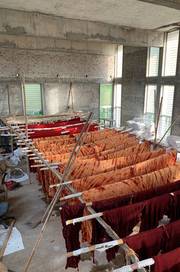
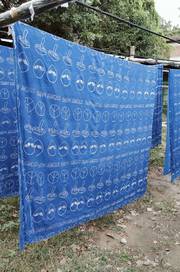
Can you give any advice on how brands can be more conscious in regards to their distribution?
I think that shipping and logistics are a mad, unsustainable situation. That’s one part of the future that seems really bright, as there are solutions already on the way. We know that renewably powered transport is coming. And we send stuff out in a soft recycled paper bag, I like it because it’s the smallest space possible. Everything we use is recycled and biodegradable. People demonize plastic, which is right in many cases - plastic is a terrible packaging material. But it’s also robust and good for other stuff. So I’d say just use recyclable and biodegradable material.
How about reusable packaging?
It think it’s good. There’s a company that uses reusable packaging where you use it then send it back to the company and you get points for it. I think it’s a lot of trust to put into a customer to reuse something. I saw some packaging once that was a paper bag that could be rolled into a plant pot.
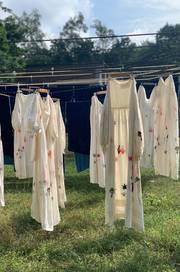
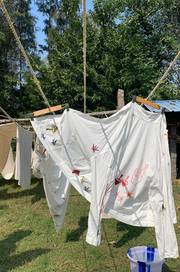
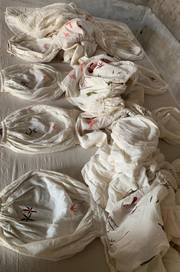
What was the overall vibe of the SS20?
The inspiration was plants and the outdoors. There was a poem about how plants are machinery - real gentle quiet machines that take power from the sun and turn it into energy, sunlight, and fruit & veg. We make everything from plants, but we also love plants in general.
What’s next for the brand?
We like to be super slow, so it’s probably just more of the same. We’re working on homeware and some collabs with other brands. We’re just gonna keep on keeping on.
Follow Story MFG on Instagram here.

